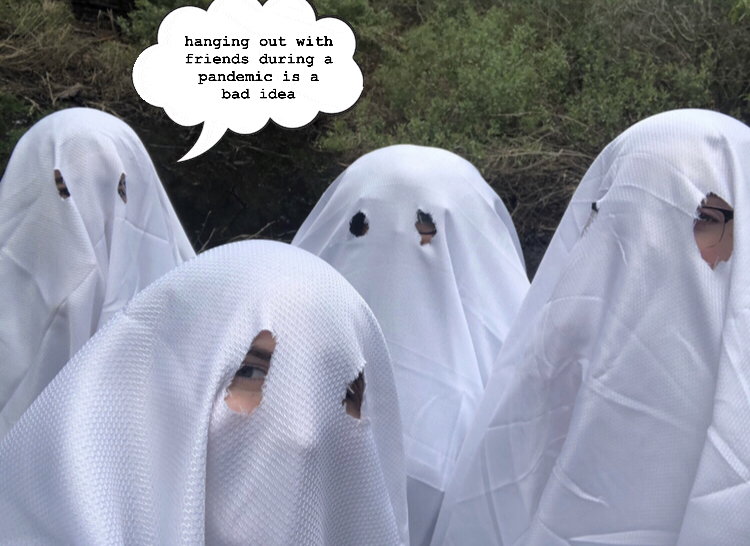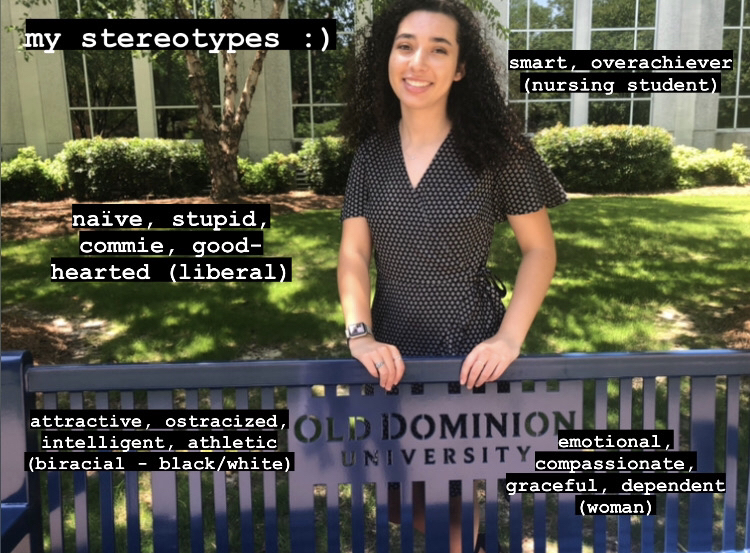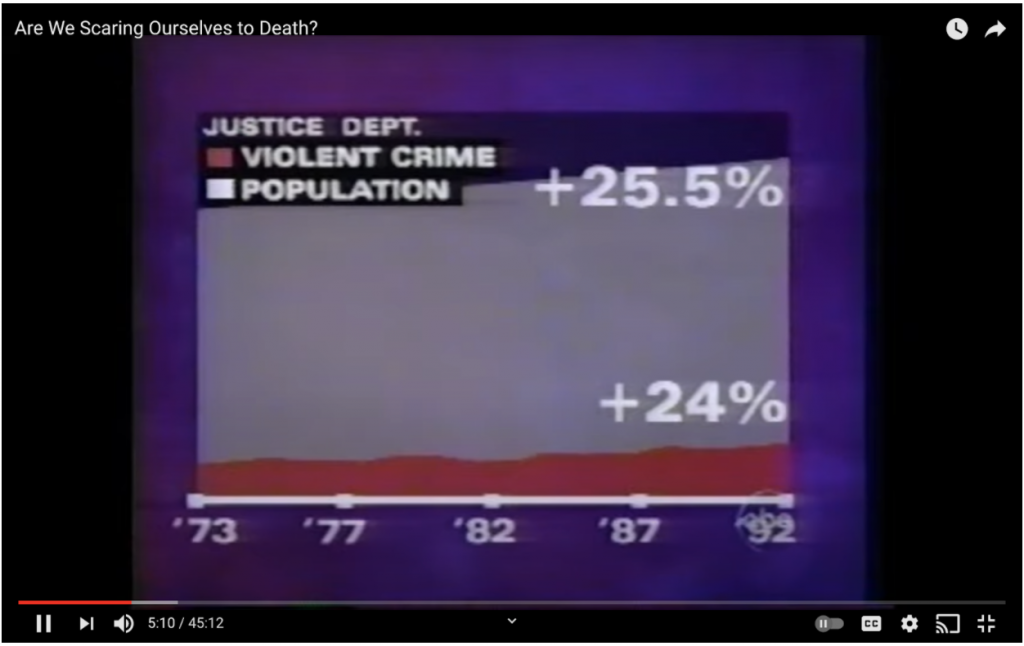Artifact 5 – Module 11

Happy and unselfish had the greatest tally in my observations of the people I am close to. Selfishness and happiness rarely go together because the happiest people often help others the most. Research has shown that prosocial behavior increases positive moods. Happiness is associated with empathy and altruism; when someone witnesses another person experiencing happiness, they may also take on that emotion. Thus, helping others creates happiness for both the helped and the helper. Happy people are also more likely to help others; negative individuals are often subject to social exclusion and therefore less likely to care about others because they have already been left to fend for themselves.
I found this activity interesting because it was difficult to see my friends in an unflattering light. Some people I am close to are more selfish than not, and it’s hard to come to terms with that realization. In addition, realizing that some of my friends aren’t that happy was difficult. It was an interesting evaluation of the people I find myself spending time with.
Artifact 4 – Module 7

When I feel that my behaviors and attitudes do not coincide, I tend to make changes with my attitudes rather than my behaviors because I find that much easier. When there is dissonance, we feel the need to reduce that inconsistency because that hypocrisy is something we find hard to deal with when it comes to guilt and other emotions. During this pandemic, I spent time with friends closer than the CDC recommended allowances even though I believe that we must do all we can to stop this virus. However, I justified this action by saying that none of them were sick and it was only a few of us hanging out together and none of us got sick after.
This activity forced me to look at my own behaviors. Because we tend to correct or justify our behavior or attitudes that reflect cognitive dissonance, it was difficult to claim that I had participated in a behavior that did not match my attitude. It was interesting to see that even those of us that have an understanding of social phenomena cannot overcome human nature.
Artifact 3 – Module 8

When comparing my words to Katz and Braly’s and Gilbert’s words, I found that mine were the most disparaging about Americans and English whereas theirs seem to disparage groups like Blacks and Chinese more. In an ever-changing world, it is impossible for these stereotypes to stay the same. I personally have witnessed changing stereotypes over the course of my lifetime, and sometimes my parents will talk about some that they knew when they were younger and they are completely different from the ones I have heard. Some of this change may be accounted for by the position these groups hold in society. With new opportunities, minority groups have shown their potential to grow and thrive in positions they previously could not even hope to achieve. As these people are given more opportunities to show their worth, stereotypes are likely to change even more as time goes on. As well, the accessibility of media has helped spread the newer stereotypes, thus making them change quicker than ever.
This activity was an interesting one because I had to look at myself through an outsider’s biased lens. I also had to look at the stereotypes that my generation has worked very hard to eradicate or reclaim and remember how people see different racial and ethnic groups.
Artifact 2 – Module 10

The current norm of wearing a mask in public spaces is often violated. I see people in stores and restaurants without masks despite the mandate, and they are usually not sanctioned for this behavior. The most I have seen happen with someone who refuses to wear a mask in an establishment that requires them is that they are told to put a mask on or leave the premises. I have not personally seen anyone change their behavior to match the norm after being told this.
The frequency with which people violate the mask norm depends on their political views (which often coincide with race, age, religious affiliation, education, and region). I have seen certain types of people who either typically do not follow the norm or do not agree with the norm but follow it anyway, which is a prime example of cognitive dissonance. Deviation from the norm can be seen in wearing the mask improperly or simply not wearing it at all. I can only imagine that these people would feel uncomfortable for standing out in this way. Many people started wearing a mask just because it was the way to conform because noncompliance is typically uncomfortable.
This module was also very topical. I would have enjoyed going in public and breaking some other social norm like standing the wrong way in an elevator, but being on the other side of it and observing others who broke the norm was almost more enlightening because I could see how I reacted to it.
Artifact 1 – Module 4

The chart in this screenshot shows the increase in number of violent crimes versus the increase in population from 1973 to 1992. Statistics like the 24 percent increase in violent crimes are often unaccompanied by the population statistic. While taking statistics, I remember my teacher mentioning that statistics can be used to manipulate people into thinking something that is not accurate. Showing a graph without the population statistic to the general public can convince them that crime is worse than it actually is.
The media regularly manipulates people’s perception of the world by taking advantage of the availability and representativeness heuristics. When people see more of one event being reported on, they will likely believe that it happens more often than it actually does. The media also affects people’s schemas, and, thus, the representativeness heuristic, by reporting more on criminals with certain characteristics and framing them in different ways than others.
This was my favorite activity because it was very connected to the current political climate and I was able to use my knowledge of statistics to enhance my understanding. I enjoyed discussing the heuristics because it was something we covered in my intro class for psychology.